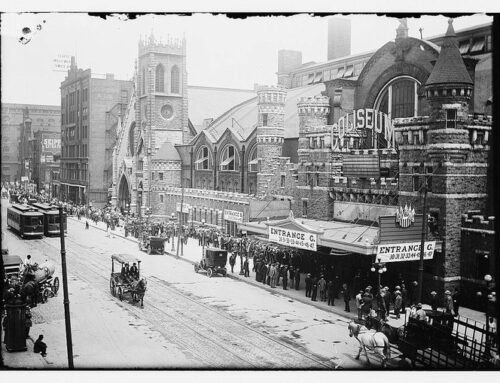The first of November always makes me think of Swedish All Saints’ Day and the lovely way it is commemorated there. According to Po Tidholm & Agneta Lilja, of Celebrating the Swedish Way: “In the year 731 AD, 1 November was designated a day of remembrance for saints of the church who had no days of their own.”
All Saints’ Day in Swedish History
Of the history of this date, they write:
From the 11th century, 2 November was dedicated to all the dead, of whatever standing, and was called All Souls’ Day. It was widely observed by the populace, with requiems and bell-ringing, but was abolished with the arrival of the Reformation. In 1772, Swedish All Saints’ Day was moved to the first Sunday in November and in 1953 to the Saturday between 31 October and 6 November.
In the 1900s, however, people began putting lighted candles on the graves of the departed on All Saints’ Day. This custom originated with wealthy families in towns and cities. But after the World War II, it spread throughout the country. Churches also began holding services of light to mark the day.
Swedish All Saints’ Day Today
“The countless points of light from the candles and lanterns placed on graves form beautiful patterns in the snow and lend a special feel to the landscape. People also lay flowers and wreaths on graves on All Saints’ Day.
Until recently, shops and stores closed to mark the occasion. Although this is no longer the case everywhere, most Swedes take the day off, and those who don’t visit cemeteries usually stay home with family and cook an ambitious meal of some kind. Many churches organise concerts to celebrate All Saints’ Day.”
My Swedish ancestors are mostly far in the past, but I hope what graves there are have been marked today.

Courtesy ArkivDigital for Lindesberg CI:4 (1708-1728) Image 110 (AID: v53502.b110, NAD: SE/ULA/10851)
Note the burial record above for my 8G-grandfather, Måns Persson. Born 28 Feb 1639 in Nyhyttan, Örebro, Sweden, he died in the same village on 30 Dec 1716. I doubt his grave is still marked, but if it is, I hope someone in Lindesberg will light it on November 3rd, when Alla Helgons Day is commemorated in Sweden this year.
Finding Swedish Death Records
For the genealogists who want to know how I found this record on ArkivDigital, I recommend the following resources:
- “Research Your Swedish Ancestors Using ArkivDigital Online” by Kathy Meade, available as a webinar at Legacy.
- Swedish Genealogy on Facebook.
- Cradled in Sweden, by Carl-Erik Johansson available at Amazon or any genealogy library worth its salt.
- Sweden Indexed Historical Records at FamilySearch (and yes Ancestry has Swedish records too but if you’re just getting started, try FamilySearch first).
Swedish All Saints’ Day is the perfect day to get started on those Swedish ancestors.






Thank you. My grandmother’s maiden Name was Hilma Persson born in Soderham. Her father was Jan Persson married to Mathilda Von Dolwitz. I believe he too was from Vastmanland.
Hilma, I hope you are off to a good start with some of the links I provided. Don’t give up if you don’t find your ancestors in these databases. Check out the Swedish genealogy group on Facebook: https://www.facebook.com/groups/27992586276/
You can find Cradled in Sweden online here
https://dcms.lds.org/delivery/DeliveryManagerServlet?dps_pid=IE1673673
Thanks, Patty! Valuable info.
Hi Nancy,
Thanks for an interesting posting, even though I’ve yet to find personal ancestry in any Scandinavian country. Hope you’ll light a candle tonight for your M. Person, and your other Swedes.
Cari
I believe I will, Cari. You would like the Swedish parish registers – very similar to German!